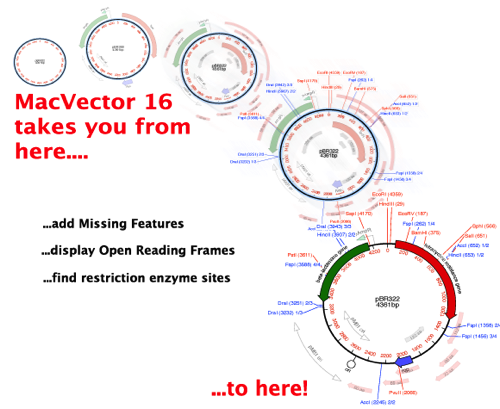

More extensive genomic data on Penaeid shrimp from different geographical locations should assist in exposing the diversity of EVEs. However, evidence on the nature of such EVEs and how they mediate viral accommodation is limited.

Mechanisms mediated by endogenous viral elements (EVEs) have been proposed as a means by which shrimp that encounter a new virus start to accommodate rather than succumb to infection over time. Shrimp are a valuable aquaculture species globally however, disease remains a major hindrance to shrimp aquaculture sustainability and growth. These results are consistent with a role for Hh signaling during segmentation in penaeid shrimp. smo expression was found in zygotes, peaked in gastrula, and declined in limb bud and later stages. vannamei of hh, ptc, and ci from developmental transcriptomes of zygotes through postlarvae showed low expression from zygote to gastrula, which increased at limb bud, peaked at unhatched nauplius, and declined in nauplius and later larval stages. Shared patterns of ptc, smo, and ci exon structure were found for Malacostraca, Branchiopoda + Hexapoda, Hexanauplia (Thecostraca + Copepoda), Multicrustacea (Thecostraca + Copepoda + Malacostraca), and Pancrustacea minus Oligostraca. The novel hh intron is hypothesized to have arisen independently in the malacostracan ancestor and Ostracoda by a transposon insertion. Amphipod, isopod, and ostracod hh were also encoded by four exons, but hh from other arthropod groups contained three conserved exons. monodon Hh proteins were encoded by four exons. Hedgehog (Hh) pathway genes from penaeid shrimp and other pancrustaceans were identified by in silico analysis of genomes and transcriptomes, and mapped onto a recent pancrustacean phylogeny to determine patterns of intron gains and losses. Posterior segments form and differentiate during larval development. Penaeid shrimp embryos undergo holoblastic division, gastrulation by invagination, and hatching as a nauplius larva. The combination of morphological and visual measures with transcriptomics can be used to further define and establish the groundwork for future characterisation and staging of P. Hatch prediction models based on visual characteristics were shown to be an accurate method to predict the timing of the hatch for P. In addition to the molecular tools used to characterize embryo development, certain developmental characteristics, such as eye spot development, provide a measurable indicator that can be visualised. Gastrula-specific genes, nanos and brachyury, presented an expression profile indicating gastrulation occurs early in embryogenesis. ornatus embryos, suggesting they are primarily active during the later stages of embryogenesis as the nervous system develops and the animal prepares to hatch. The expression of neuropeptides was reported across P.
#ANNOTATE SEQUENCE MACVECTOR SERIES#
A series of key genes across the 11 stages of embryonal development were characterized.

ornatus embryonal development period allowed the establishment of the most detailed transcriptomic library of embryogenesis across decapods. A transcriptome comprising 11 distinct stages across the 30-day P. The production of closed life-cycle lobsters provides access to embryos at defined time points, yet physical staging is challenging due to their small size and environmental factors impacting their development. The ability to conduct closed life-cycle culture of tropical spiny lobsters, Panulirus ornatus, at the Institute for Marine and Antarctic Studies (IMAS) provides a unique opportunity to investigate specific developmental stages during embryogenesis. leptodactylus as well as development of molecular markers. The putative DEGs between the gonads provide an important source of information for further study of the sexdifferentiation Simple sequence repeats (SSRs) and 190,655 putative single nucleotide polymorphisms (SNPs) were detected. (dmrt1, amh, gsdf, spata 1, spata 13, spata 2, srm and smox) were significantly up -regulated to a substantialĭegree, suggesting the potential roles of these genes in gonads of P. Our results showed that the highly expressed male-related genes A total of 86 candidate genes known to be associated with sexual differentiation and development were (DEGs) were obtained between the two sexes, of which 1627 predicted to be up-regulated in ovaries and 3248 in A total of 4875 differentially expressed genes The identified 59,348 unigenes were 1205 and 746 bp, respectively. Transcriptome sequencing of cDNA libraries generated 543 million clean reads, and the N50 and mean length of Were conducted to screen for sex-differentiation related genes based on Illumina RNA-seq technology. The comparative analysis of the gonads transcriptomes of the narrow-clawed crayfish Pontastacus leptodactylus


 0 kommentar(er)
0 kommentar(er)
